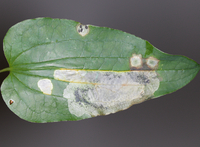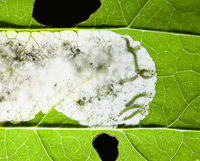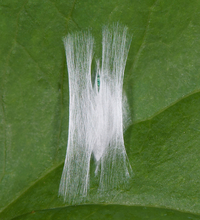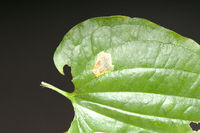
| Recorded by: Jim Petranka, Becky Elkin and Marilyn Westphal. on 2025-09-06
Henderson Co.
Comment: | 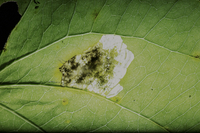
| Recorded by: Jim Petranka, Becky Elkin and Marilyn Westphal. on 2025-09-06
Henderson Co.
Comment: |
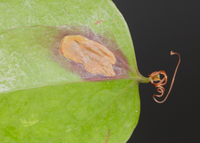
| Recorded by: Jim Petranka, Becky Elkin, Tracy Feldman, David George, Jeff Niznik and John Petranka. on 2025-05-09
Cumberland Co.
Comment: | 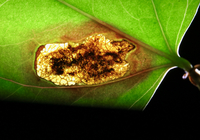
| Recorded by: Jim Petranka, Becky Elkin, Tracy Feldman, David George, Jeff Niznik and John Petranka. on 2025-05-09
Cumberland Co.
Comment: |
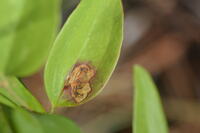
| Recorded by: Tracy Feldman, David George on 2025-05-09
Cumberland Co.
Comment: | 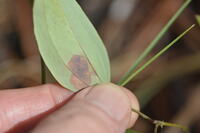
| Recorded by: Tracy Feldman, David George on 2025-05-09
Cumberland Co.
Comment: |
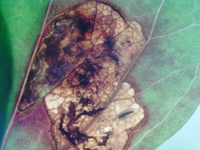
| Recorded by: Tracy Feldman, David George on 2025-05-09
Cumberland Co.
Comment: | 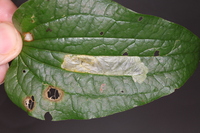
| Recorded by: Jim Petranka and Becky Elkin on 2024-08-28
Madison Co.
Comment: Occupied with five larvae was on a Smilax sp. |
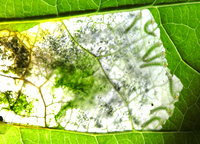
| Recorded by: Jim Petranka on 2024-07-29
Madison Co.
Comment: | 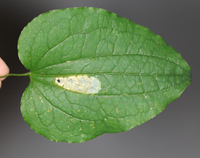
| Recorded by: Jim Petranka on 2024-07-29
Madison Co.
Comment: |
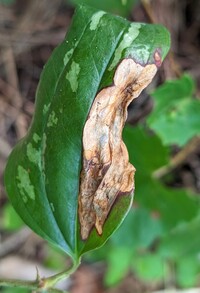
| Recorded by: Jeff Niznik on 2024-06-15
Scotland Co.
Comment: | 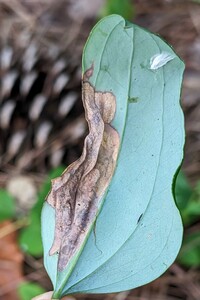
| Recorded by: Jeff Niznik on 2024-06-15
Scotland Co.
Comment: |
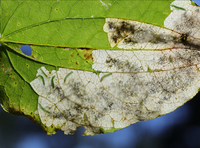
| Recorded by: Jim Petranka on 2023-09-05
Buncombe Co.
Comment: | 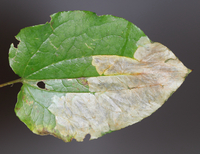
| Recorded by: Jim Petranka on 2023-09-05
Buncombe Co.
Comment: |
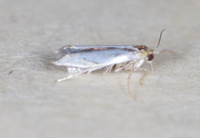
| Recorded by: Jim Petranka on 2023-08-02
Madison Co.
Comment: A reared adult from Smilax herbacea; larvae on 15 July; adult emerged on 2 August (rather worn from moving about in rearing bag). | 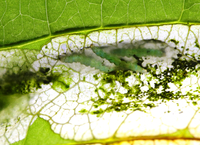
| Recorded by: Jim Petranka on 2023-07-15
Madison Co.
Comment: A communal mine with four larvae on Smilax herbacea. |
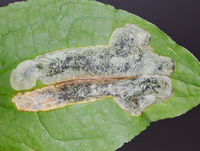
| Recorded by: Jim Petranka on 2023-07-15
Madison Co.
Comment: Two mines on Smilax herbacea. | 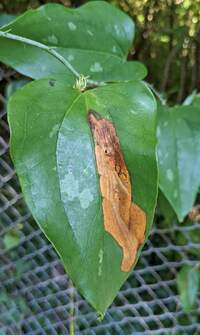
| Recorded by: Jeff Niznik on 2023-07-11
Orange Co.
Comment: |
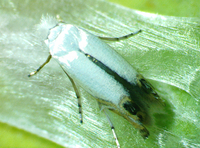
| Recorded by: Ken Kneidel on 2023-06-07
Mecklenburg Co.
Comment: adult reared from a mine in a leaf of Smilax glauca. | 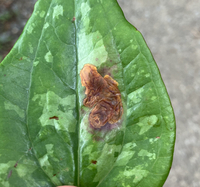
| Recorded by: Ken Kneidel on 2023-05-18
Mecklenburg Co.
Comment: |
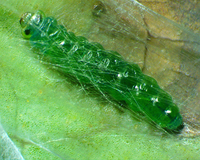
| Recorded by: Ken Kneidel on 2023-05-18
Mecklenburg Co.
Comment: Three larvae mining in a leaf of Smilax glauca on 5/18/23, final instar larvae (4.9 mm) photographed on 5/24 after being kept indoors since 5/18, hammocks with empty pupal cases on 6/6 - one adult reported separately. | 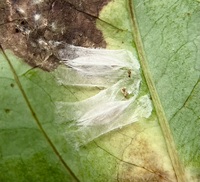
| Recorded by: Ken Kneidel on 2023-05-18
Mecklenburg Co.
Comment: |
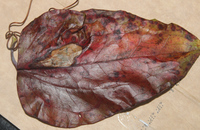
| Recorded by: Vin Stanton on 2022-12-10
Buncombe Co.
Comment: | 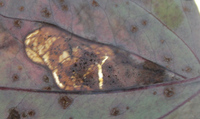
| Recorded by: Vin Stanton on 2022-12-10
Buncombe Co.
Comment: |
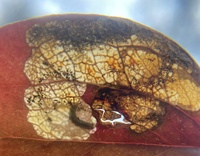
| Recorded by: David George on 2022-12-05
Orange Co.
Comment: | 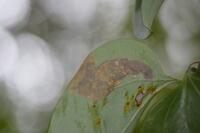
| Recorded by: Tracy S. Feldman on 2022-08-25
Durham Co.
Comment: |
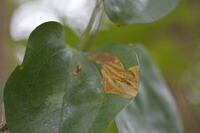
| Recorded by: Tracy S. Feldman on 2022-08-25
Durham Co.
Comment: | 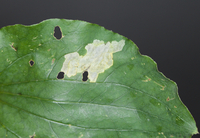
| Recorded by: Jim Petranka and John Petranka on 2022-08-10
Watauga Co.
Comment: |
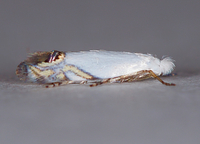
| Recorded by: Jim Petranka on 2022-08-02
Transylvania Co.
Comment: A reared adult; larvae and a pupa on July 15; adult emerged on August 2. | 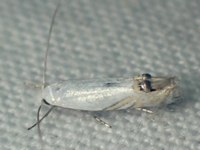
| Recorded by: tom ward on 2022-07-22
Buncombe Co.
Comment: |
|

 »
»